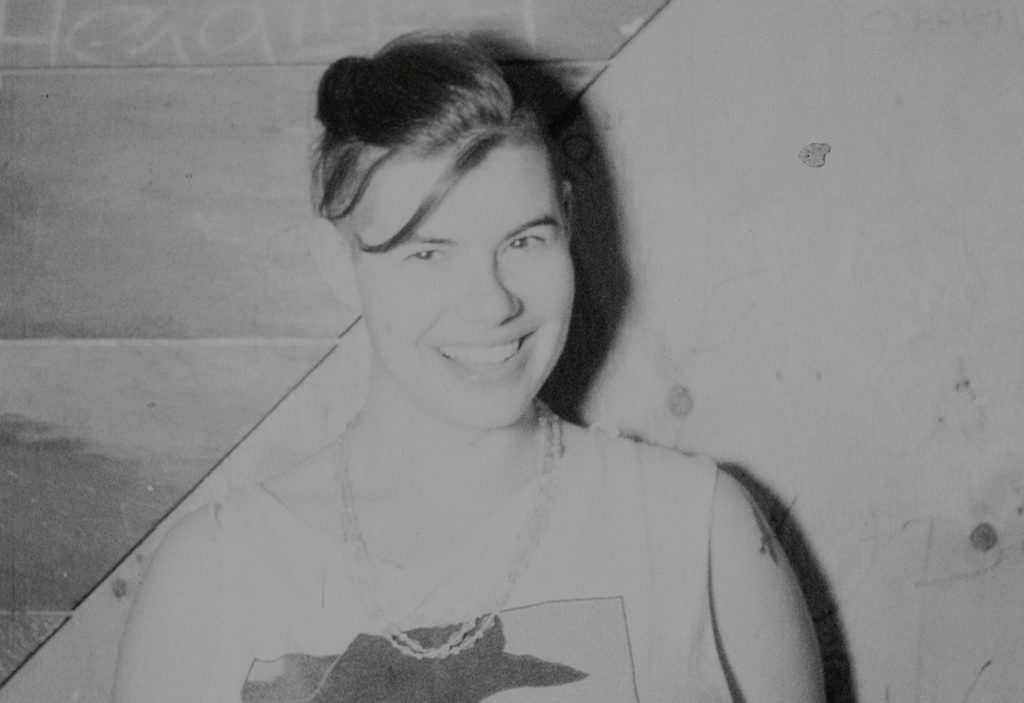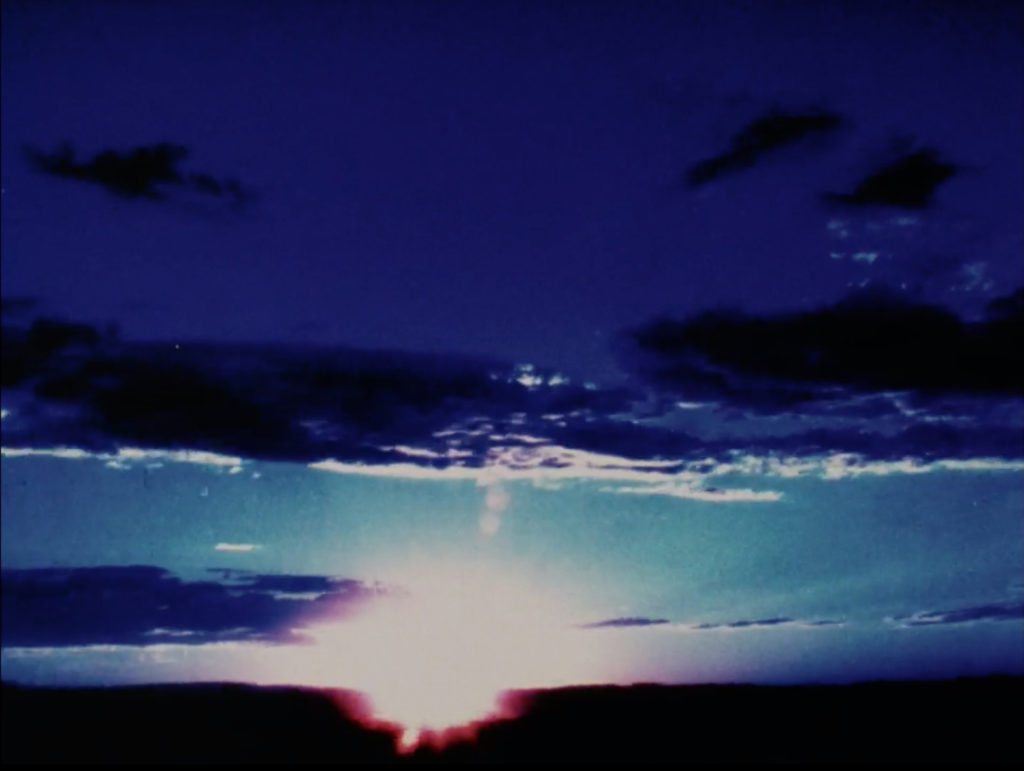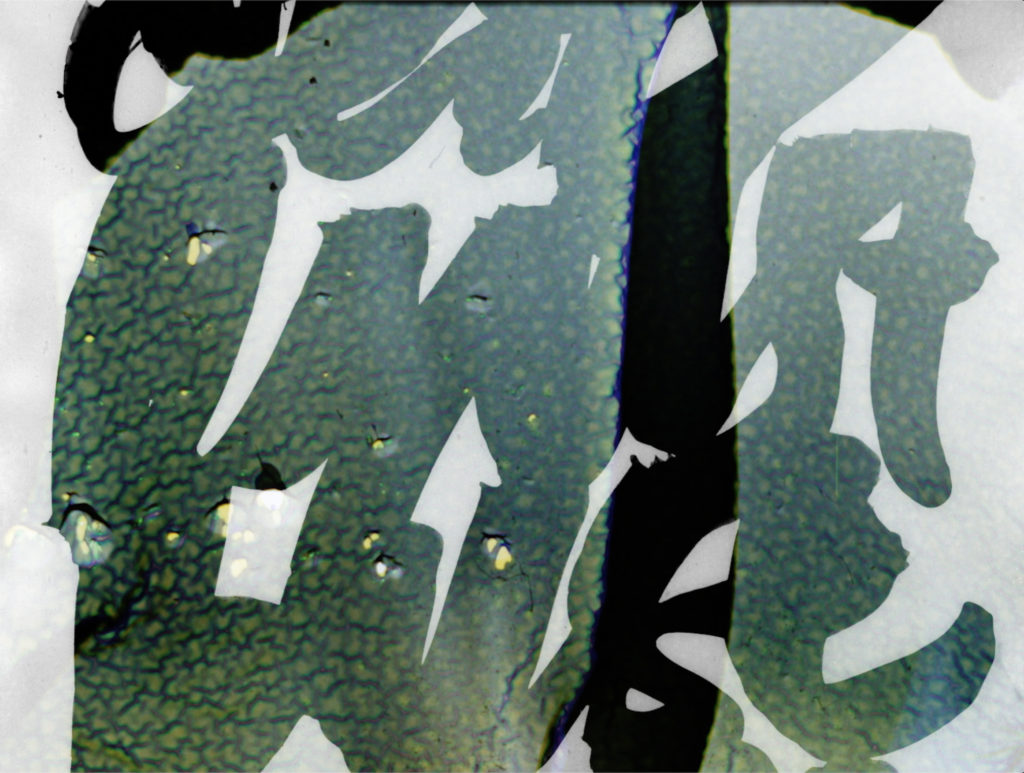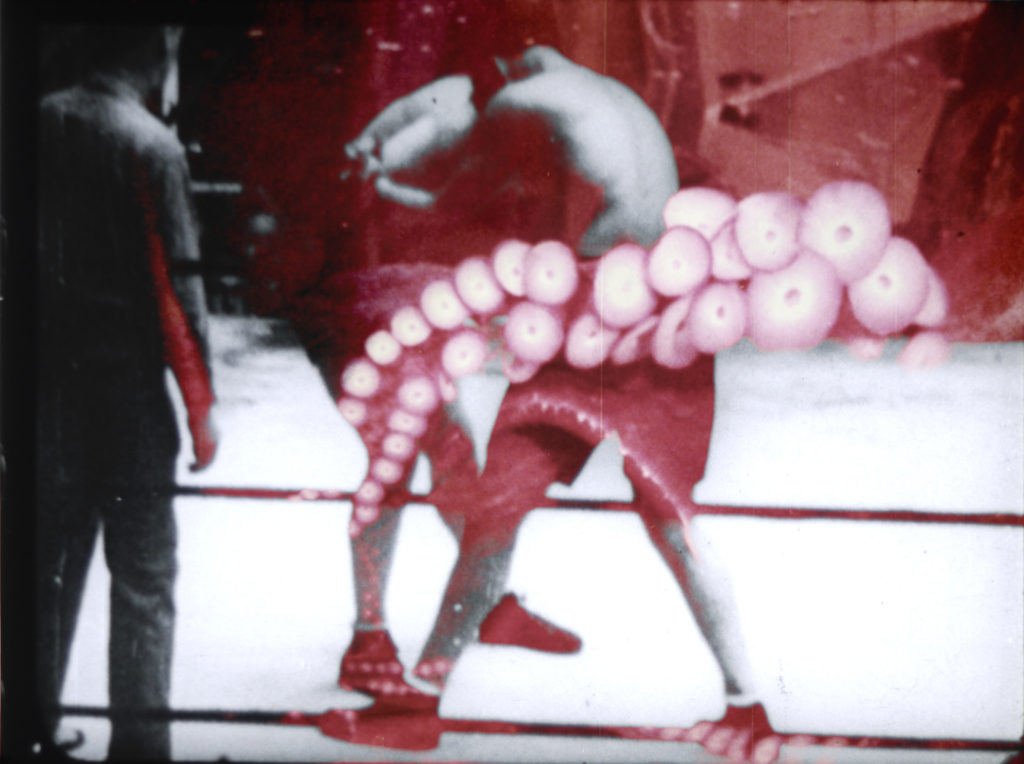Canyon at The Roxie returns on March 26 with Pictures You Can Hold: Films by Greta Snider
Posted February 25th, 2022 in Announcements, Co-Presentations, Events and Screenings, News / Events
Pictures You Can Hold: Films by Greta Snider
Saturday, March 26, 2020, 4pm
The Roxie Theater, San Francisco
Greta Snider in person!
Canyon at The Roxie returns with a spotlight on acclaimed San Francisco filmmaker and professor Greta Snider. This wide-ranging survey brings together a selection of Snider’s early – now classic – 16mm autoethnographies, found footage essays, and materialist inventions, and recent projects focusing on human rights issues, especially as manifested in the schism between document and body; culminating with Cult of Compliance, a stereoscopic, two-projector foray into dystopic oppressive structures and the gestures of trying to exist among them. 3D glasses will be provided.
Tickets and program info: bit.ly/CanyonGretaSnider
Screening line-up: Blood Story (1990), Our Gay Brothers (1993), No-Zone (1993), Quarry Movie (1999), Hard Core Home Movie (1989), Flight (1995), Prayer for the Torture Memos (2015), A Small Place (2019), Cult of Compliance (2019)
Film Descriptions:
Blood Story (1990, 3 minutes, color, sound, 16mm)
Blood Story is a simultaneous progression of three divergent tales; a soundtrack of eavesdropped “girltalk,” a subtitled story of a troublesome spot, and a series of images that fluidly peruse the two. The pictures articulate the space between one threatening, and one intimate, experience of the same symbolic matter.
Our Gay Brothers (1993, 9 minutes, color, sound, 16mm)
“This collage of found film footage, assembles porn movie, children’s instructional film, sports coverage and 50s Hollywood musicals to construct an investigation of gay men’s differing attitudes towards the female body. A clever and contentious film.” (Melbourne International Film Festival)
No-Zone (1993, 19 minutes, color, sound, 16mm)
“Greta S. incorporates a sprinkling of traditional Bay-Area style – cutting and pasting images from an obscure range of memorabilia footage and pop culture – as she guides us through the tribulations and ecstasies of life in the 90s. No-Zone generates the feeling of reading a book, as a gamut of emotions are brought to life in a series of short fables. The disturbing issues of AIDS, nuclear waste in one’s front yard, and the ever present mid-life crisis, are translated through gun visuals, manipulated text and in-your-face close-ups. Paranoia and discontent with the state of the world are coolly relayed in soap opera time, via two of the film’s episodes – Sickness and Toxin. Relief from this environment comes in the form of doing 30 kms on a skateboard, downtown and foraging for edible berries in the wilderness… Alas no happy ending here, as a mini-doc focusing on The End of History, stakes its claim as the crowing glory.” (Sally Bonython, Melbourne International Film Festival)
Quarry Movie (1999, 10 minutes, color, sound, 16mm)
This movie began as an attempt to document a place… not only its image as lensed, but its weather, its soil, and its toxins. Ten filmmakers fanned out over the landscape, seeing it through 20 eyes. In the avant-garde tradition of messing with the surface (the “environmental film” has been around in various incarnations for years – e.g. silt), the film documents this place outside of the camera as well. The organisms in the water and the soil have made their marks on it; the water’s physical erosion acts upon the image; even the leached metals in this exhausted quarry pit’s waters can be seen in the chemicals used to process the film. The idea in the Quarry Movie was not to use techniques to achieve a “look,” but rather to achieve a presence, and then see what it looks like. Quarry Movie comes out of a fruitful combination of documentary and avant-garde interests.
Hard Core Home Movie (1989, 5 minutes, b&w, sound, 16mm presented as a digital file)
Hard Core Home Movie is a frank and irreverent documentary that asks the question, “what is hard-core?” Seedy, grainy, and fast-paced, this is a nostalgic look at an ephemeral moment in the history of a subculture: punk rock in San Francisco in the late 80s. Everyone from fucked-up teenagers to elderly Mexican tourists attempts to explain the allure and mystique of the scene. Filmed at SF’s historical petting-zoo/theater/punk rock emporium, The Farm.
Flight (1995, 5 minutes, b&w, silent, 16mm presented as a digital file)
Flight is my father’s photographic legacy, compiled and transformed into light. I wanted to materialize what spirit ephemera I have remaining from him. His family photographs, his hobbyist pictures of trains and roses, his airplanes and his obsession with birds circling … this material is shot through his eyes. The images are imprinted onto the film, like a fingerprint or trace. It’s his movie, really… Flight is hand-processed and hand-exposed without a camera (as with Ray-O-Grams) and runs at silent speed 18 frames per second.
Prayer for the Torture Memos (2015, 8 minutes, color, sound, digital file)
How do words, especially the carefully constructed parlance of legal arguments, contain all of the complexity of a single unique physical body, let alone the infinite possibilities of identity and relationship? Prayer for the Torture Memos explores the the delicate, particular significance of the human body, poetics as a means to articulate emotions impossible to speak, and the loss that accompanies moral compromise.
A Small Place (2019, 6 minutes, color, sound, digital file)
A Small Place is an homage to those surviving solitary confinement and was inspired by the survivor testimonies collected by Jean Casella, James Ridgeway, and Sarah Shourd in the volume, Hell Is A Very Small Place (2016). Particularly moving is the way individuals struggle with communication and connection, within the institutionally violent structure of the US carceral system in general, and solitary confinement in particular. The urge to connect does not diminish, but the person’s relationship to time, touch, sound, memory, and story is strained beyond capacity. Hand drawn ink on 35mm film and manipulated 16mm archival film.
Cult of Compliance (2019, 10 minutes approx., color, sound, 16mm dual projection stereoscopic with polarizing filters/glasses/silver screen)
An exploration of the conditions our institutions currently demand: irreconcilable struggle between systems and people in late capitalism. In retinal rivalry 3D.
Approx. running time: 75 minutes
About Greta Snider
Greta Snider has made films since discovering the art form at Antioch College in Ohio, and promptly moved to San Francisco to join a thriving low-budget experimental film scene, where she continues to make, screen, and teach about cinema. In her work, Snider utilizes a combination of original and archival material to create nonfiction art cinema of a personal nature. Her single screen films on 16mm lean heavily on the creative use of montage, interweaving the personal and historical in a number of short essay films. Her stereoscopic performances and installations take the materiality of film and family photos, to reshape themes of memory, loss, and personal histories in a more intimate, affective experience. She has screened in museums throughout the world, and also in bars, alleyways, and once, at an all-night international rave party in a penthouse in the Shibuya. Snider teaches experimental filmmaking at San Francisco State University, where she is faculty advisor to The Archive Project.






